Bridge exercises are becoming popular in workout routines because they strengthen glute muscles, alleviate back pain and improve body posture and balance – Monojit Ghosh
Bridge exercises are becoming popular in workout routines because of their several benefits. They isolate and strengthen gluteus (butt) muscles — the gluteus maximus, medius and minimus — and hamstrings, alleviate back pain, improve body posture and balance. And also relieve stress and anxiety.
Physiotherapists often use bridges to activate the hip muscles, assuage lower back pain, and improve motor control of the pelvic region. Here are some beneficial bridge exercises:
Arch bridge
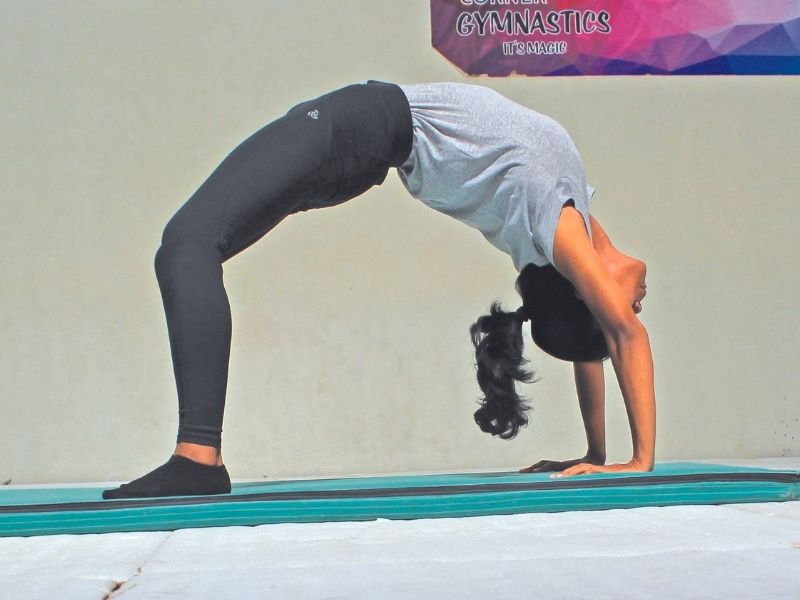
Arch Bridge
Lie on a soft but firm mat. Bend your knees and elbows, placing palms and feet firmly on the ground. Slowly push body upwards, forming an arch. It may be difficult at first, but it will become easier with practice. When you are able to make a bridge, straighten your elbows and knees. Hold for ten seconds, and release slowly. Repeat five times. Later, increase the time of hold.
Get moving. Once you are able to hold a good bridge, try walking in the bridge position. Later, walk in the opposite direction.
Single leg Bridge
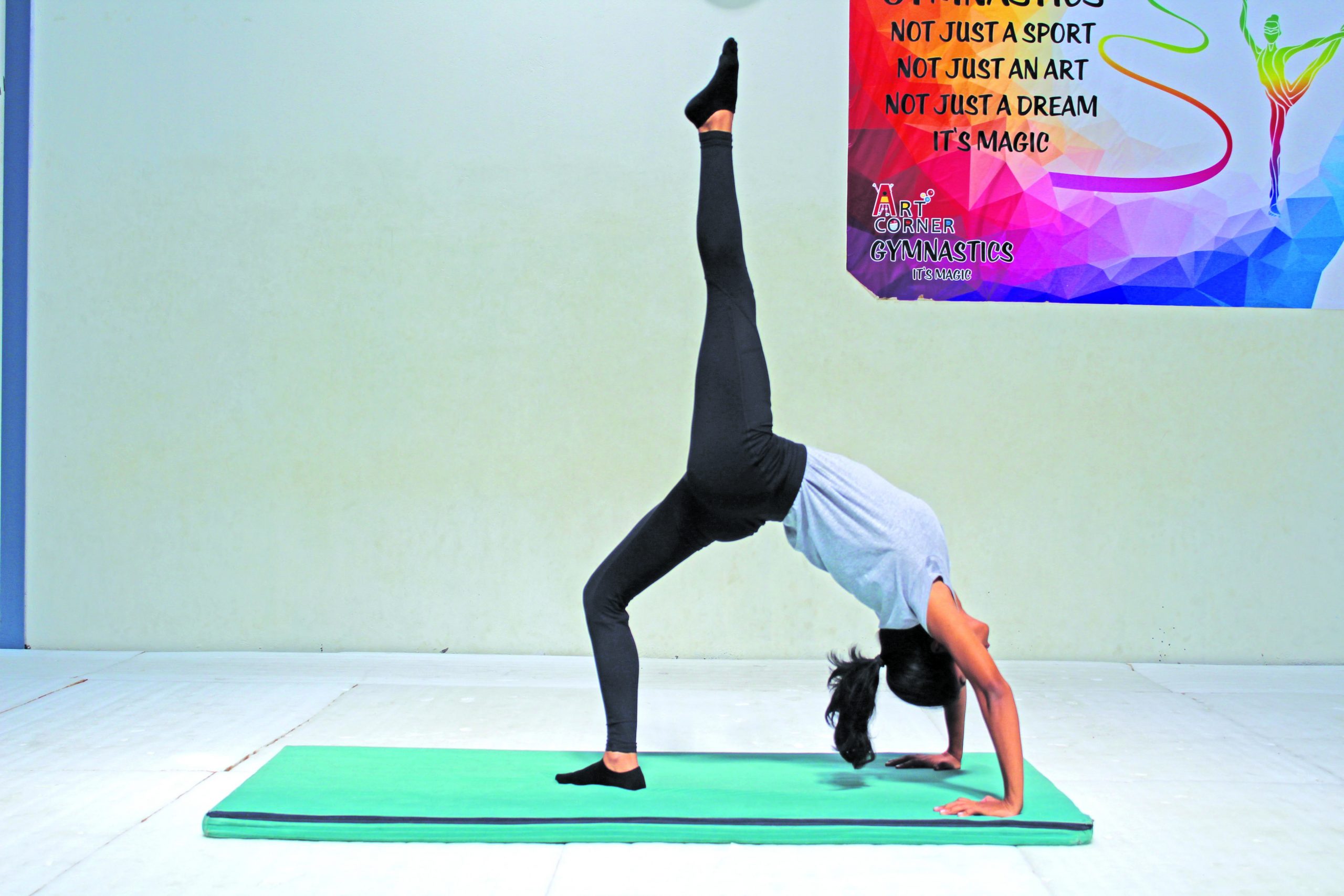
Single leg Bridge
When you are an expert in the arch bridge, try the single leg bridge. It needs more back strength. Hold your bridge, then slowly raise one leg as high as you can and hold it. This develops back strength, and tightens glutes.
Pelvic aka glute Bridge
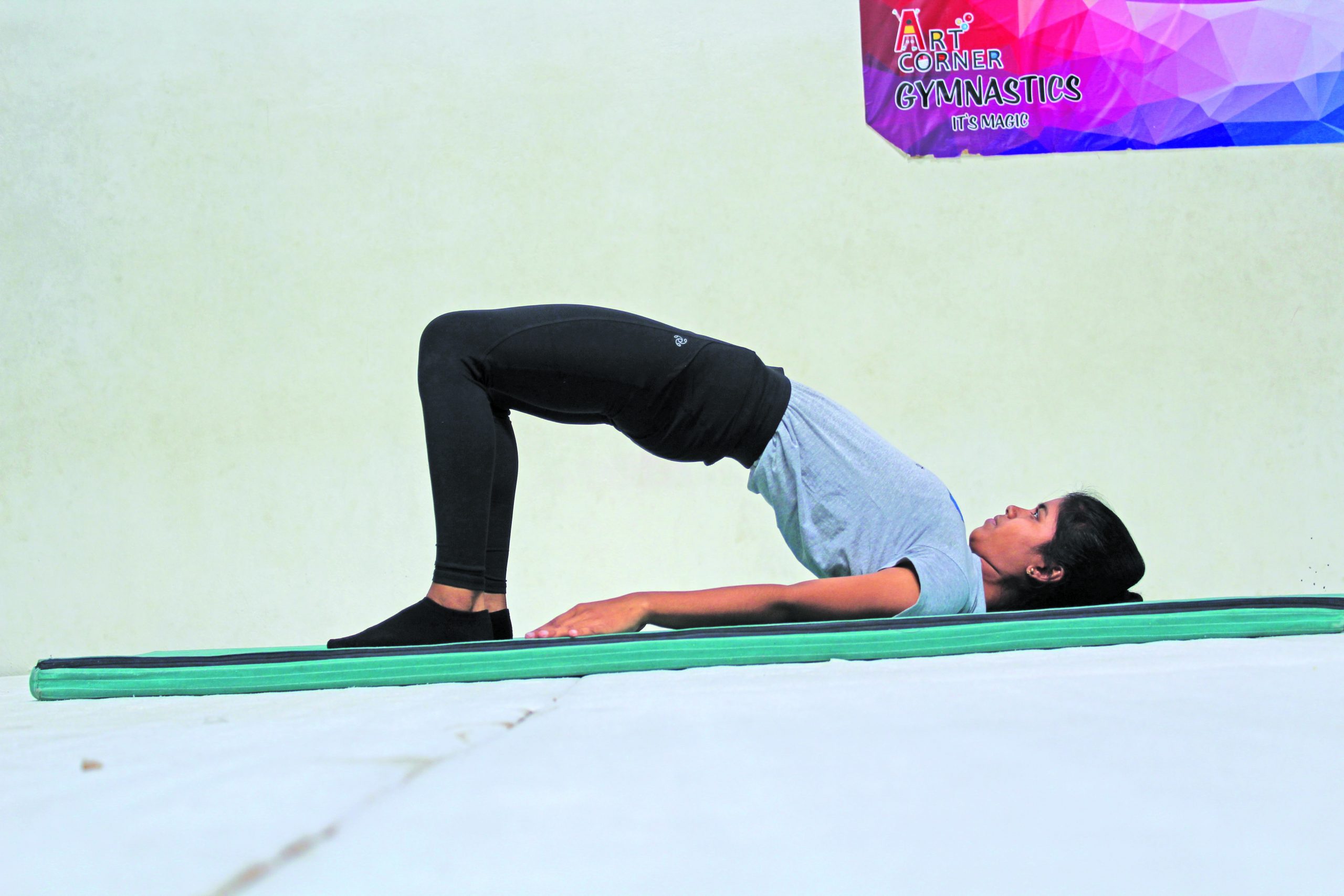
Pelvic Bridge
Lie flat and rest your hands on the floor. Raise hips and thighs off the floor, with your body forming a straight line. Make sure hips are raised to the level that makes a clean line. Hold body tight and maintain the position for 15 seconds. Lower your body slowly, then repeat five times. This is also known as the glute bridge.
Get moving. From the pelvic bridge position, move your hips slowly up and down ten times.
Glute Bridge leg Raise
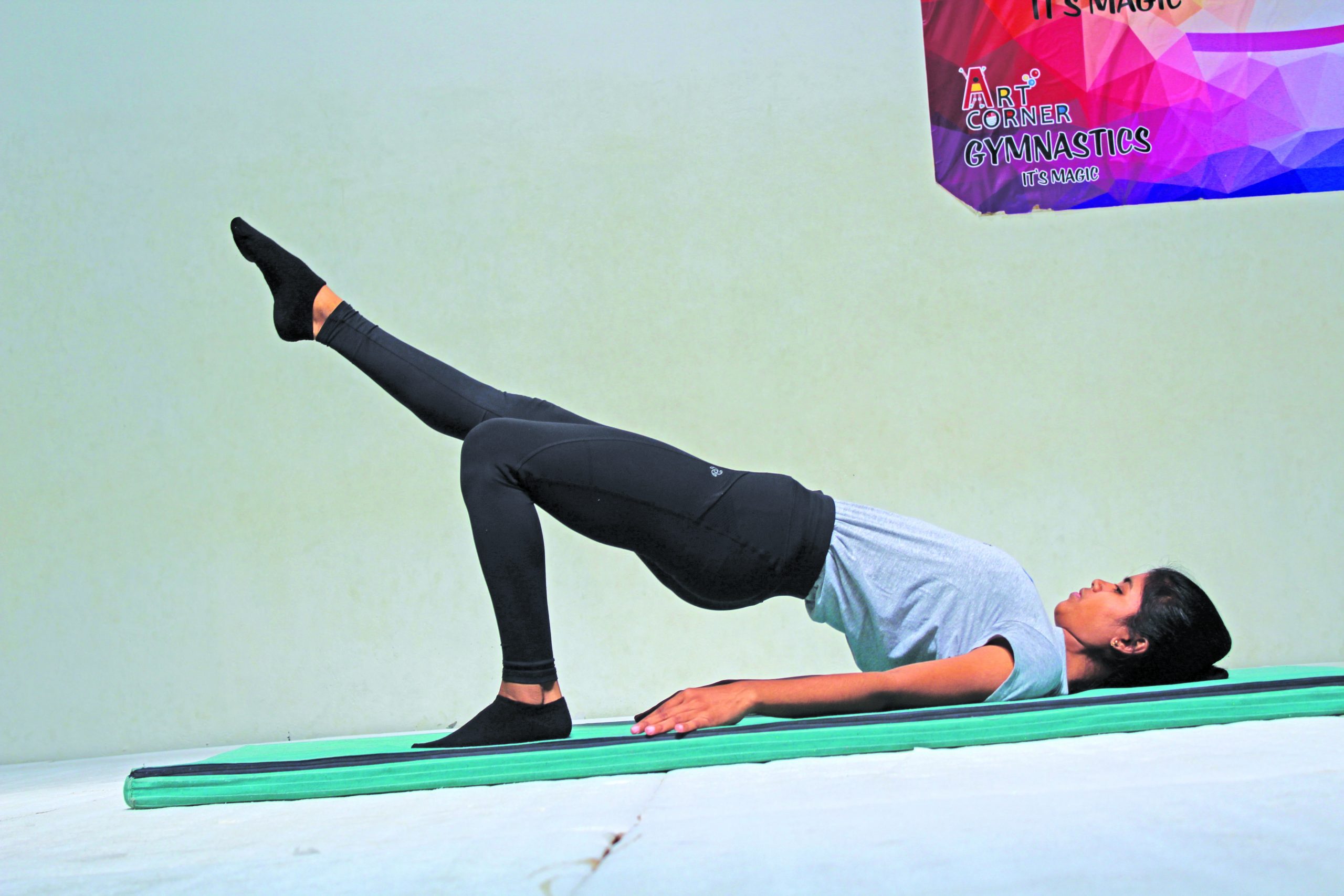
Glute Bridge leg Raise
Once you are in the glute bridge position, slowly raise one leg so that it is in a straight line with your knees. Hold for five seconds, then change your leg. Repeat five times for each leg. Make sure your hip is raised throughout.
Table
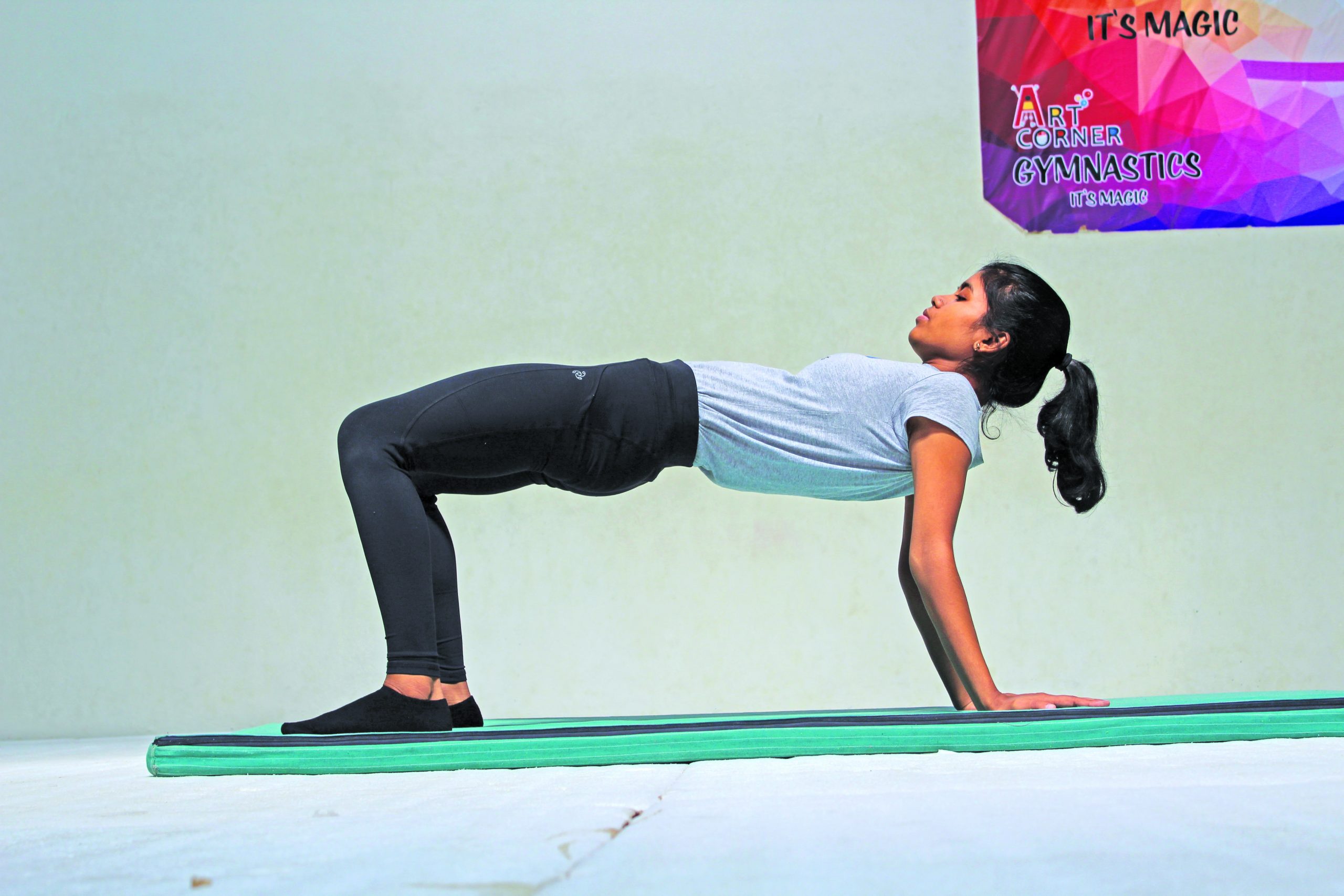
Table
Make your body form a flat table by raising both your knees and elbows off the floor. Keep your hips lifted but keep them flat, not arched.
Get moving. Keep your head in a neutral position, walk with your hands and legs, maintaining the table position.
(Monojit Ghosh is a former gymnast and currently fitness trainer and gymnastics coach at Art Corner Gymnastics Academy, Bangalore)
Also read: Handstands: Upside down Benefits

























